Cholecystitis is a medical term used to describe gallbladder inflammation. Often called acute cholecystitis by specialists, it is a condition in which inflammation develops in an organ situated in the upper part of the abdomen–the gallbladder.
For many, the gallbladder seems to have the shape of a pear. It is a tiny organ under the liver and responsible for crucial functions. One of these roles is storing bile – a liquid that the liver produces. It's a digestive fluid which is then transported to the small intestine.
In numerous cases, one primary cause for Cholecystitis is gallstones obstructing a bile duct. When a gallstone gets stuck there, swelling, gallbladder irritation, and other problems may arise, resulting in the condition mentioned above– Cholecystitis.
If you don't let doctors treat Cholecystitis, your symptoms may persist, and you can also develop complications. You may get nausea and vomiting regularly or get sick with a fever. These problematic situations shouldn't be ignored; instead, they should be addressed as soon as possible by a medical professional.
Cholecystitis comes in some variations – which is essential to note. Specialists often use the name ‘acute', because it is the most common form of Cholecystitis. But there are also acalculous, chronic, and calculous cholecystitis, each with its different and unique features and symptoms. Therefore, diagnosis methods and treatment options may be different for you than others. It will depend on the type and severity. Continue reading our article to learn more about these forms and how to treat them.
As mentioned, gallstones are the main culprit behind Cholecystitis. They account for 95% of all cases of this problem. But how many people get gallstones? The National Institute of Diabetes and Digestive and Kidney Diseases estimates that gallstones appear in 25 million Americans![]() . It is undoubtedly a large number, equaling 10 – 15% of the United States population. So, if you get diagnosed with this problem and need surgery, you are not an isolated incident.
. It is undoubtedly a large number, equaling 10 – 15% of the United States population. So, if you get diagnosed with this problem and need surgery, you are not an isolated incident.
If you ignore problems that arise because of Cholecystitis, you put yourself in an unnecessary danger of life-threatening possibilities. Usually, acute infection of the gallbladder can be eliminated by medical specialists. You need adequate treatment soon if you have this condition. So, a conclusion can be drawn: a threat posed by Cholecystitis depends on the time you get treated. If late or not at all, these complications have a chance to appear: gallbladder tissue death, torn gallbladder, and further infection. See the ‘Complications' paragraph' for detailed information about these.
Health professionals differentiate between four forms of Cholecystitis: Acute, Calculous, Acalculous, and Chronic. These types have distinct features, so it is worthwhile not to confuse them with each other.
Let's start with the most often observed variant: Acute Cholecystitis![]() . If you have gallbladder inflammation, you probably are affected by it. Acute means sudden and urgent, a body's quick response to an inflammation. This type also means that you don't have it for a long time.
. If you have gallbladder inflammation, you probably are affected by it. Acute means sudden and urgent, a body's quick response to an inflammation. This type also means that you don't have it for a long time.
Contrary to acute cholecystitis, chronic cholecystitis is a type that persists for a long time. It can be interpreted as a body's slow response to a factor threatening its health.
Specialists also use the word ‘Calculous', which refers to cholecystitis caused by gallstones in most scenarios. With that in mind, it is easy to remember that ‘Acalculous' is linked to factors unrelated to gallstones.
Now that you know gallstones cause both acute and chronic Cholecystitis, you may wonder why they appear in the first place. Gallstones are fragments of bile residue that hardened. They can move from place to place but are typically found in the gallbladder – in its lower areas. This increases the risk of gallstones stuck in bile ducts, causing bile to go back to the gallbladder![]() . While being there, they can also cause an infection.
. While being there, they can also cause an infection.
Gallstones obstructing bile ducts are the primary cause of Cholecystitis. However, it may develop due to other factors too. These include:
Underlying conditions increase the chance of gallbladder infection. The most notorious are sickle cell disease, Crohn's disease, kidney disease at ending stages, and Hyperlipidemia. If you have them, you are more likely to be a target of Cholecystitis.
Losing weight quickly due to some conditions or malnutrition has also been linked to gallbladder inflammation. But the danger also lies on the other side of the spectrum: regularly eating meals high in cholesterol and fat poses that risk.
Some ancestries have been observed to develop Cholecystitis more often. These are Scandinavian, Hispanic, and Native American.
As with many other diseases, syndromes, and medical conditions, age plays a massive role in maintaining good health. It becomes more challenging as we age, and various problems may arise. Cholecystitis may occur more often in women older than 50 and men older than 60.
Finally, diabetes![]() , obesity, being overweight, or bad eating habits contribute to cholecystitis. If affected by these or having an unhealthy diet – it is vital to solve these problems to avoid more health troubles on the plate.
, obesity, being overweight, or bad eating habits contribute to cholecystitis. If affected by these or having an unhealthy diet – it is vital to solve these problems to avoid more health troubles on the plate.
It can be challenging to tell if you have Cholecystitis because it may mimic symptoms of other medical conditions. Nausea, vomiting, and body temperature exceeding 100 degrees Fahrenheit are common in gallbladder inflammation, but it is also true for many diseases, infections, and inflammatory conditions.
In addition, cholecystitis may cause such problems as weakness, fatigue, loss of appetite, and bloating–all of which don't necessarily indicate issues with the gallbladder. However, Cholecystitis does cause some characteristic abdominal issues that help diagnose it.
First, pain in the abdomen, particularly in the upper right, is likely to occur. It also spreads further to the back, shoulder blade, or both areas. Muscle stiffness on the right side and tenderness of the abdomen are two additional characteristic issues linked to Cholecystitis. Therefore, if such abdominal problems arise with fever, tiredness, and vomiting – there may be some issues with your gallbladder.
It is also worth noting that acute Cholecystitis tends to be more severe than its chronic counterpart: episodes of acute gallbladder inflammation are shorter but may cause more pain and distracting issues. Chronic inflammation, on the other hand, comes and goes, causing symptoms of varying severity. However, you may not come to this conclusion on your own. It's best if a specialist assesses the type of Cholecystitis you have.

There are three unwelcome complications linked to untreated gallbladder infection. They include the following:
Gangrene of gallbladder tissue – When tissue dies it is refered to as gangrene. It can occur in cases of Cholecystitis characterized by progressing inflammation and swelling. However, it can stop it from worsening with adequate treatment. Thus, this complication is most often observed in people who ignore gallbladder issues. People who didn't get treatment due to long waiting times and those with diabetes are also the most likely to develop Gangrene. Although preventable, Gangrene is the most common problem due to gallbladder inflammation.
Infection – In Cholecystitis, bile may accumulate in the gallbladder, causing inflammation of the bile.
Perforation of the gallbladder – Perforation is a professional term specialists use when tissue gets pierced or torn – it can happen in cholecystitis![]() if the treatment is delayed or not received at all. Torn or perforation of the gallbladder may be an additional complication due to Gangrene or develop due to infection or swelling.
if the treatment is delayed or not received at all. Torn or perforation of the gallbladder may be an additional complication due to Gangrene or develop due to infection or swelling.
The chance of complications decreases considerably with timely medical intervention. Remember not to ignore issues like nausea, vomiting, and fever, and get yourself checked at the local clinic to avoid deteriorating your health.
Diagnosis of cholecystitis usually starts with an interview with a patient – a healthcare specialist asks questions to learn when the symptoms began and their characteristics. Patients must do their best to remember the issues they experience and try to describe them thoroughly. This is the first step in assessing cholecystitis.
A doctor may perform a Murphy's Sign test if Cholecystitis is suspected. It's a simple technique that helps identify a characteristic sign of gallbladder inflammation. To do it, a specialist delicately presses on the patient's abdomen while they take a deep breath. If the patient feels pain, this usually indicates gallbladder problems. To c0nfirm diagnosis or look for more potential issues, a doctor may order these tests:
Commonly, Cholecystitis requires treatment at the hospital. Regardless of the type (chronic or acute) a person affected by gallbladder inflammation must be hospitalized and undergo a potential surgery.
In some situations, gallstones may go away independently, unblocking bile ducts. As a result, some health issues may disappear, but it is not worth betting on that. A prognosis for Cholecystitis is far more favorable if you decide to have professionals take care of you.
Treating Cholecystitis at the hospital involves supportive care encompassing antibiotics, pain relief medications, and intravenous fluids. These methods may suffice, but a more definitive solution is sometimes needed.
One such solution is Endoscopic retrograde cholangiopancreatography (ERCP), which removes gallstones non-surgically. Another more ultimate solution is a surgical procedure to remove the gallbladder.
A procedure that aims to remove the gallbladder is called cholecystectomy![]() . Both chronic and acute Cholecystitis can be treated this way. But even though it falls under the ‘surgical procedure' category, it is only minimally invasive. It consists of a few tiny cuts in the abdomen (laparoscopic cholecystectomy).
. Both chronic and acute Cholecystitis can be treated this way. But even though it falls under the ‘surgical procedure' category, it is only minimally invasive. It consists of a few tiny cuts in the abdomen (laparoscopic cholecystectomy).
Cholecystectomy is advised if a person is at risk of recurring gallstones. This method ensures that they won't come back.
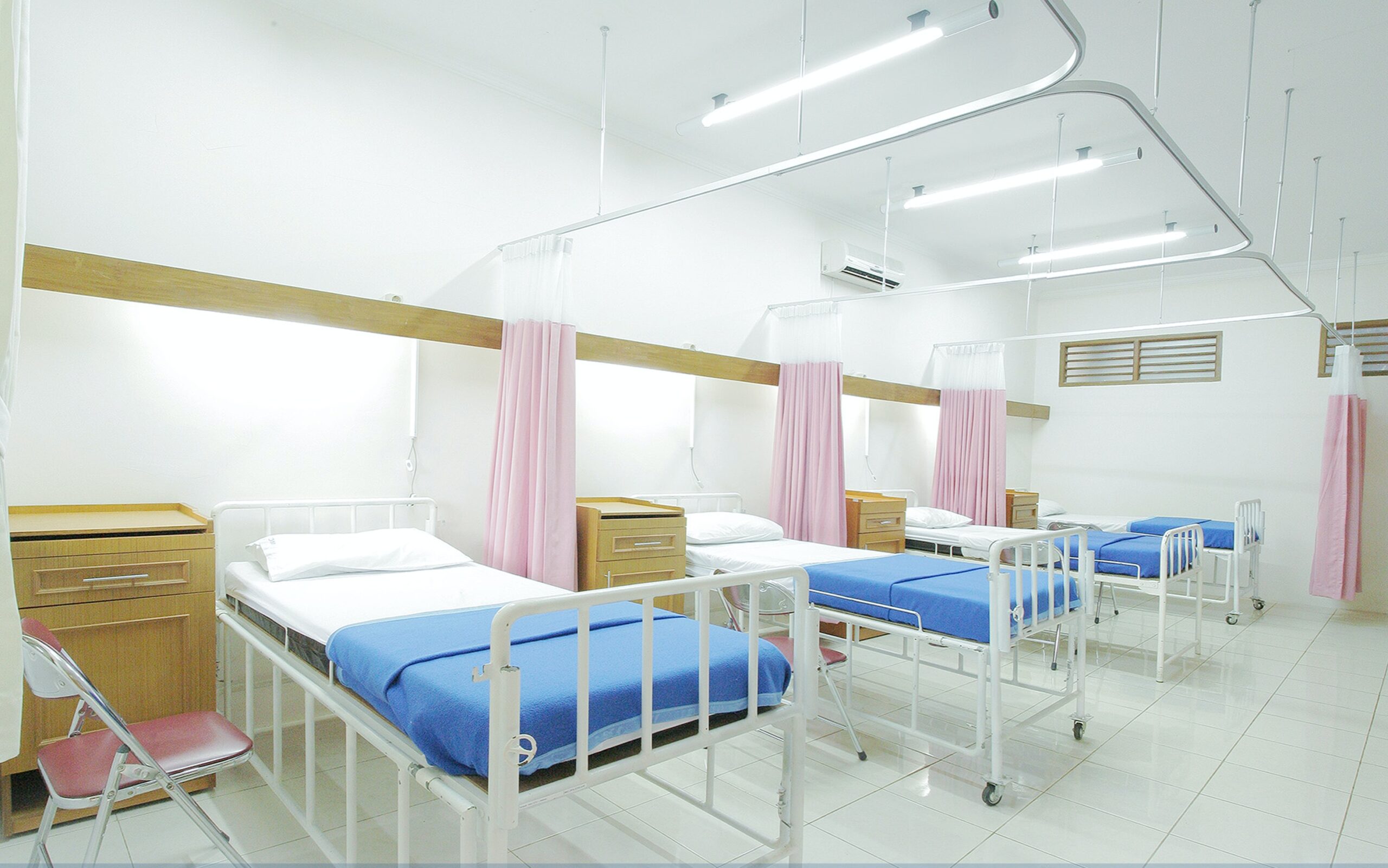
Hospitalization is usually needed in case of all types of Cholecystitis. Regardless of severity, symptoms, and cause, you will have to go to a hospital if you have gallbladder inflammation. And because gallstones cause 95% of cholecystitis–you are likely to have them, too. They need to be removed by a surgeon.
Fortunately, most patients are happy with the results and don't suffer from post-surgery health complications. But remember that a favorable prognosis often applies to Cholecystitis that was identified and treated early. So, if you ever experience a lot of pain in your stomach accompanied by other symptoms, get checked without delay.
Cholecystitis shares symptoms with many bacterial and viral infections. With nausea, body temperature exceeding 100 degrees Fahrenheit, vomiting, and abdominal pain, you may think that it is a common sickness that will pass on its own or with the help of over-the-counter medicines. But if left undiagnosed, you may learn the correct strategies for cholecystitis too late. In that scenario, you may develop life-threatening Gangrene or grave infections. With those, emergency treatment or surgery may be necessary.
Specific actions and lifestyle decisions lower the risk of cholecystitis. If you are interested in preventing gallstones from forming, some lifestyle changes should be considered. These, in particular, include:
Healthy weight – Maintain an adequate weight: avoid getting overweight, which is a factor in forming gallstones. To do so, exercise regularly and follow a reliable diet.
Losing weight at a slow pace – Losing weight fast can result in the formation of gallstones that cause Cholecystitis.
Following a well-balanced diet – A diet low in cholesterol and fiber but high in fat increases the chance of being affected by Cholecystitis. Your best bet is to follow a diet consisting of many fruits, whole grains, and vegetables.
Table of Contents
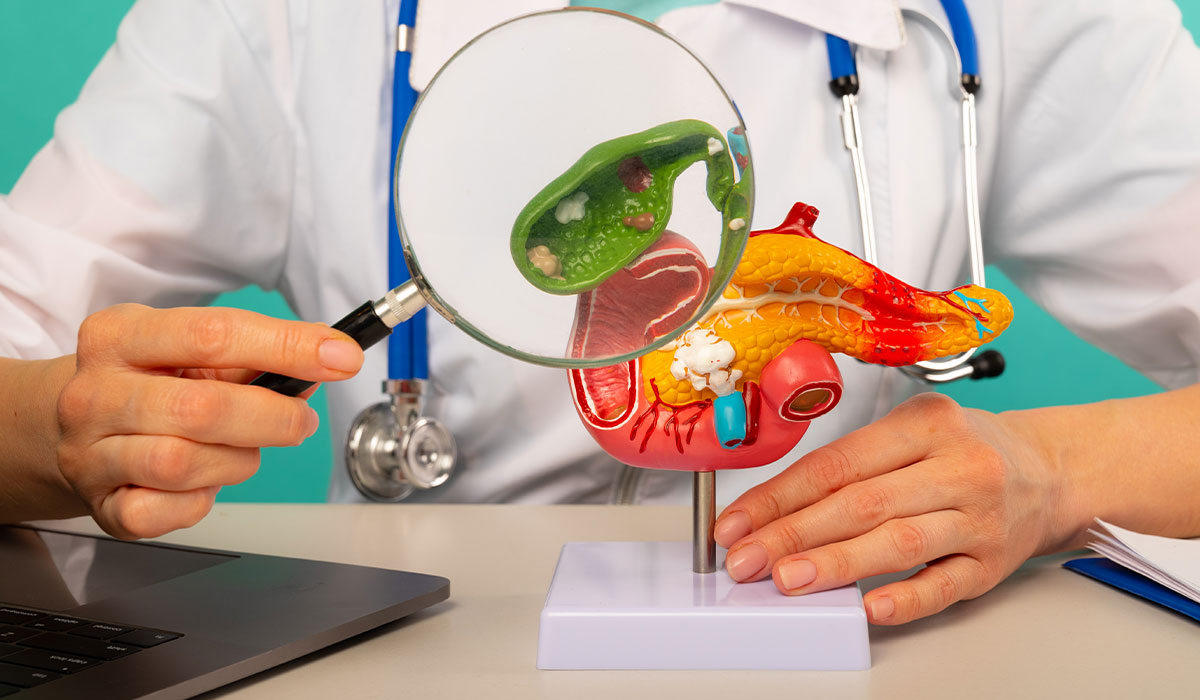
The gallbladder performs very important functions in the human body. Problems with its functioning can lead to diseases. Learn about… read more »
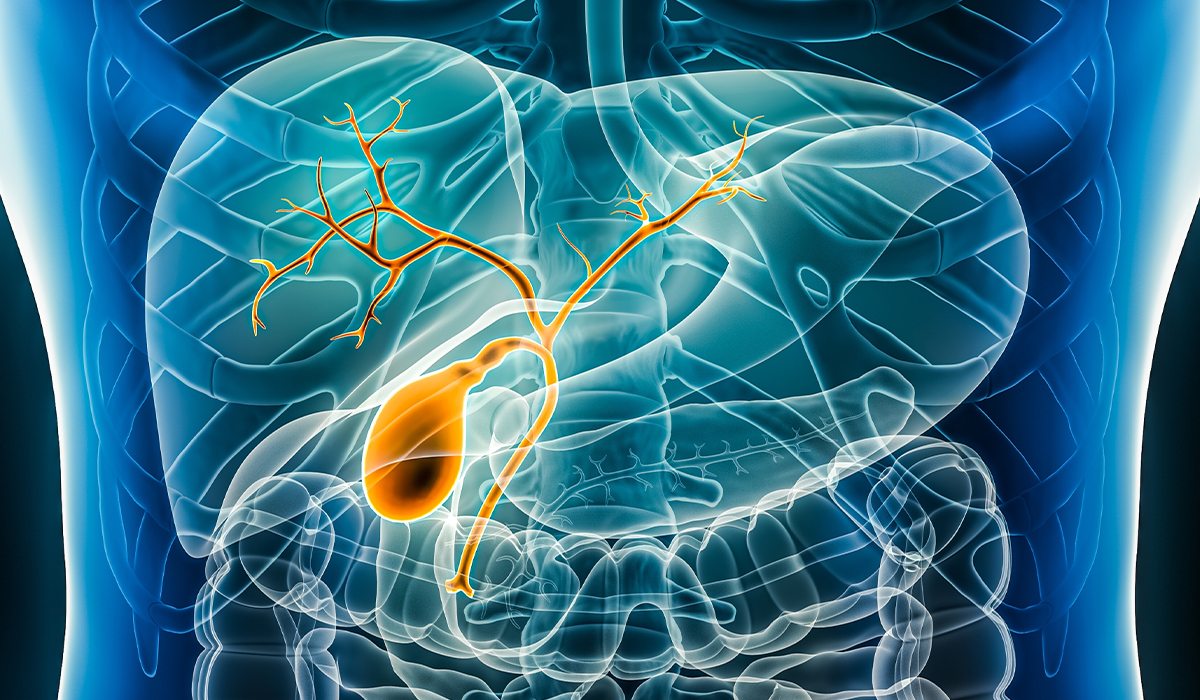
Bile is a green-yellow liquid that the liver prepares and stores in the gallbladder. It's key for breaking down and… read more »
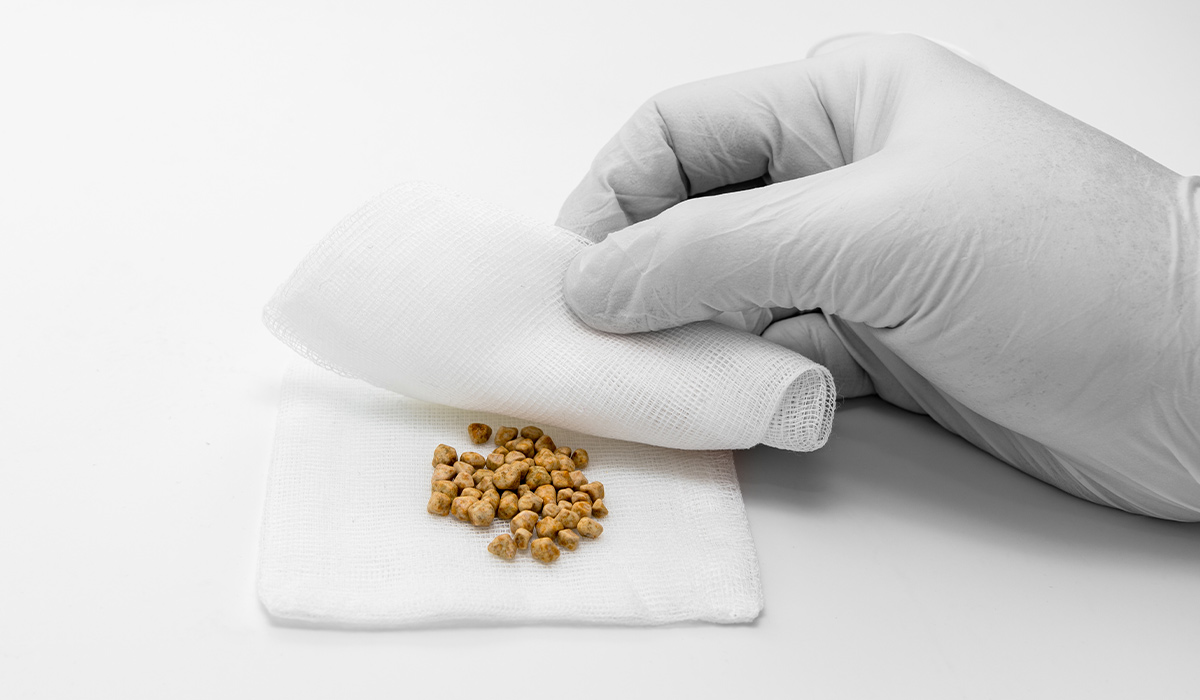
Gallstones are deposits. They are formed in the gallbladder due to the precipitation of bile components. What symptoms do they… read more »

Gallbladder removal is necessary in some cases. Learn about common symptoms of bile duct problems, indications and contraindications to surgery. read more »

A gastroenterologist deals with the diagnosis and treatment of diseases of the human digestive system. What does a visit to… read more »
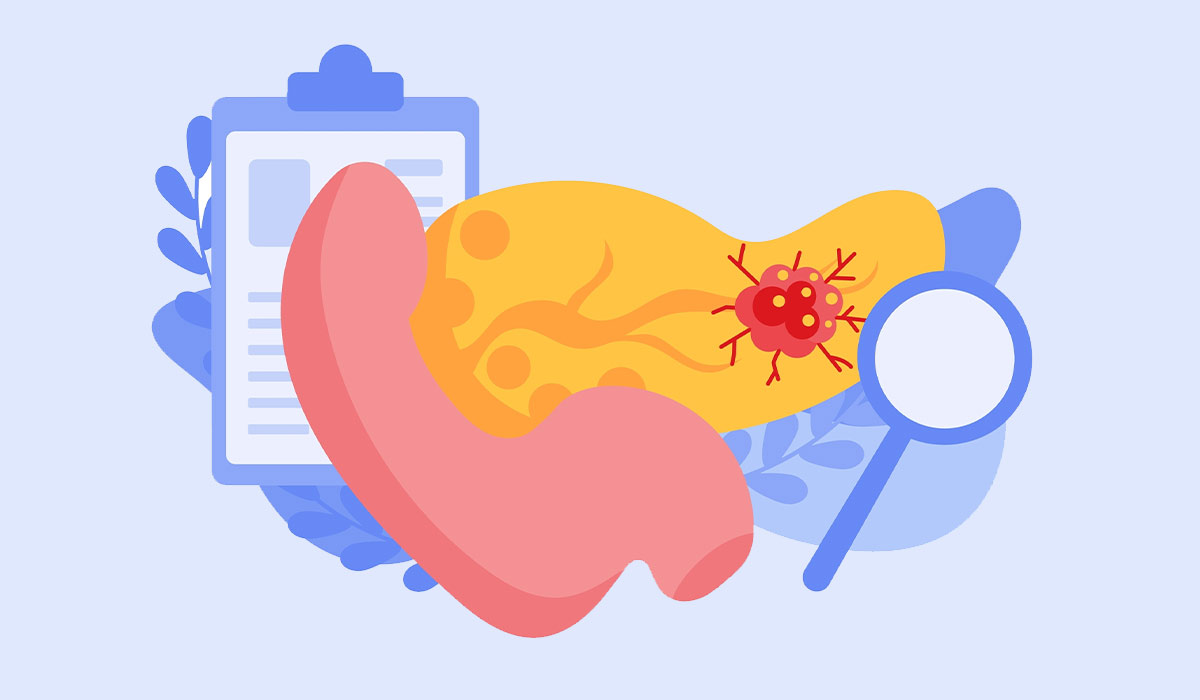
Pancreatitis is an inflammation of the pancreas. It usually presents itself with abdominal pain and can be extremely dangerous. What… read more »

Salmonella bacteria infect both humans and animals. They can be found mainly in poultry but also in the meat of… read more »
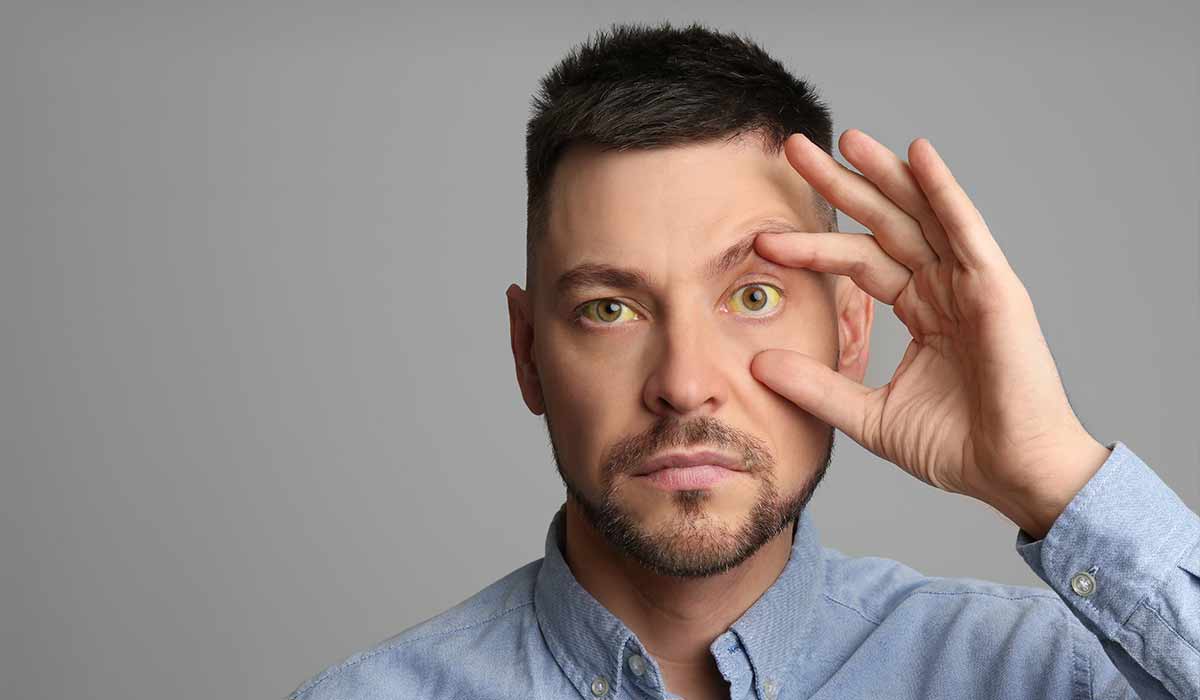
Jaundice is a disease symptom that involves yellowing of the skin, mucous membranes and sclera. What are its causes? How… read more »

Hyperlipidemia is a disorder with high levels of lipids (cholesterol or triglycerides) in the blood. It can lead to serious… read more »